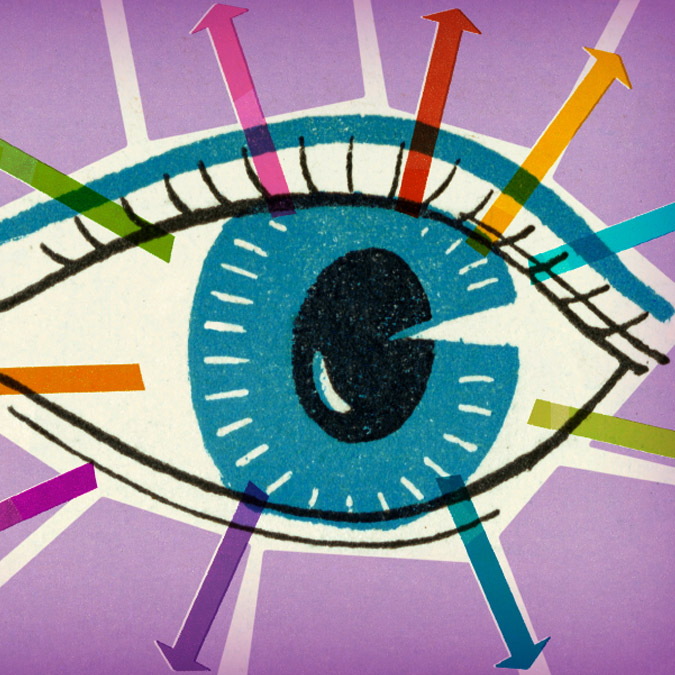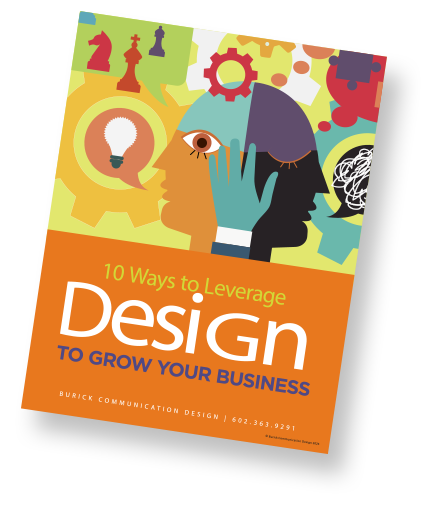
Deliver Visual Design Impact With Microsites
One of the challenges of microsites is that, if you haven’t created visually distinctive design and engaging content, they can become a “take it or leave it” dead end. Whether you use Google Analytics or another measurement tool, the numbers don’t lie. Are you getting the level of website traffic and stickiness that you projected? Have you experimented with and tested different approaches? If not, why not?
Of course, analytics isn’t everything: It can tell you what’s working and what’s not, but it can’t tell you what to do. On the other hand, these “42 Visual Content Marketing Statistics You Should Know in 2017” from HubSpot give us a pretty good clue: Our brains are highly receptive and responsive to visual content such as photos, videos, and infographics. It’s the way we’re wired, and savvy marketers and advertisers take advantage of that fact.
In a previous post, I discussed the importance of incorporating rich media into microsites. But again, as with analytics, visual media isn’t the only requirement: Just slapping videos and photos onto your microsites won’t get the job done. You need to have an overarching game plan, and you need to incorporate storytelling that captures the essence of your brand. If your organization is weak on visual thinkers, you need to engage a third party who knows how to convey your message across various social channels with maximum impact.
Think of microsites as eye candy with a purpose, and here are a few ways to make it happen:
Assess your basic approach. Are your corporate logo, brand identity, typography and graphics where they need to be? Do they have a cohesive, forward-thinking feel? As fast-moving as trends are, you still need to have a plan—and recognize that you will need to adjust around them.
Look at the trendsetters–and imitate them. Consider what’s happened in various social media sites in recent months: Facebook, Google+, Twitter and Foursquare have all enabled larger photos and videos. They invested a lot in those technologies—so why not ride on their coattails? It’s like having free R&D.
Branch out. Pinterest and Instagram weren’t originally thought of as places to pitch your business. But did you know that more than 47% of online consumers in the U.S. have made a purchase based on Pinterest recommendations? Or that Ben and Jerry’s has more than 9.8 million Instagram followers? Clearly, these visual superstars need to be incorporated into your strategy to spread the word.
Content is still king. Are you trying to entertain, educate, or induce action in your audience? How well do you know their demographics and their needs? What forms of instant feedback do you offer—and when was the last time you did a comprehensive survey? Regardless of the demand for high-impact visuals, your microsites still need to have content that supports the message, and strikes an appropriate, descriptive tone.
In the comments: Which social media platform do you think is currently the most forward-thinking with regard to visual design? Which one is most valuable for your business? What strategies have you tried to “borrow” for your own visual design impact?
Click here to join thousands of savvy marketing professionals who follow Eileen’s Briefcase trends and insights on Twitter!























